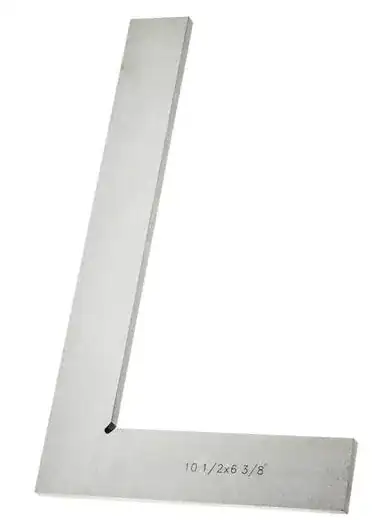In this question I asked about tolerances for straight edges. For this I have a followup question about length.
If I want to purchase a straight edge, I only want to purchase one straight edge which would cover most use cases (hopefully 90+% of all use cases). This should be able to cover deck surfaces and heads for most I4, H4, V6, H6, & V8 engines (I'm excluding I5, I6, I8, V10, exotics, & larger). With this in mind, what length should I be looking at getting which would cover these engines and why? (Please qualify and quantify your answer.)
Things to consider:
- I don't want one which is too short, because then I'd not be able to handle the larger jobs.
- I don't want to buy one too long, because then there would be added expense (ie: increased length causes cost to go up astronomically).
- While a straight edge which is DIN 874 Grade 00 would be awesome, a Grade 1 or Grade 2 should work for my purposes.
NOTE: Please be mindful, I'm not asking which brand or which straight edge to purchase here. I'm looking for a way to understand what I should be looking at as far as length of the straight edge and why I should be going for it and not something longer or shorter.
